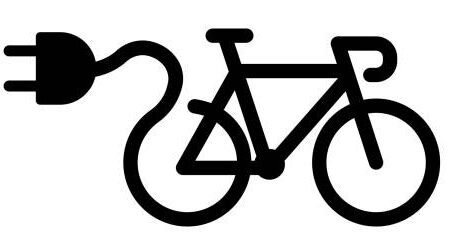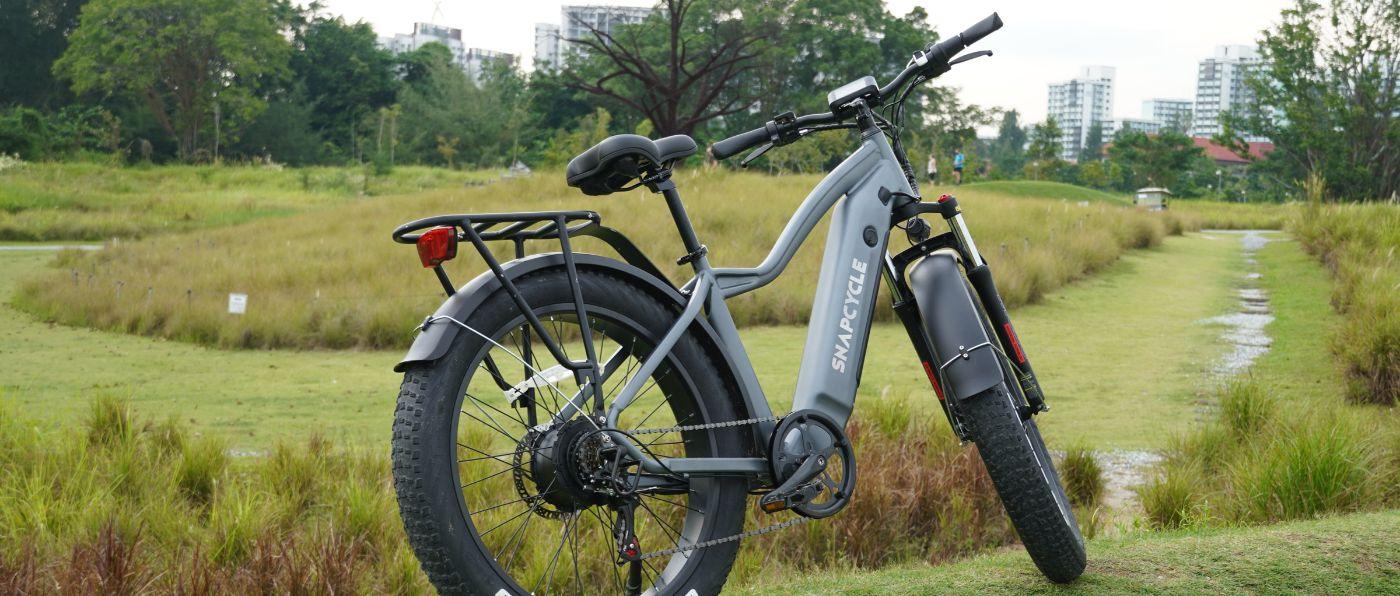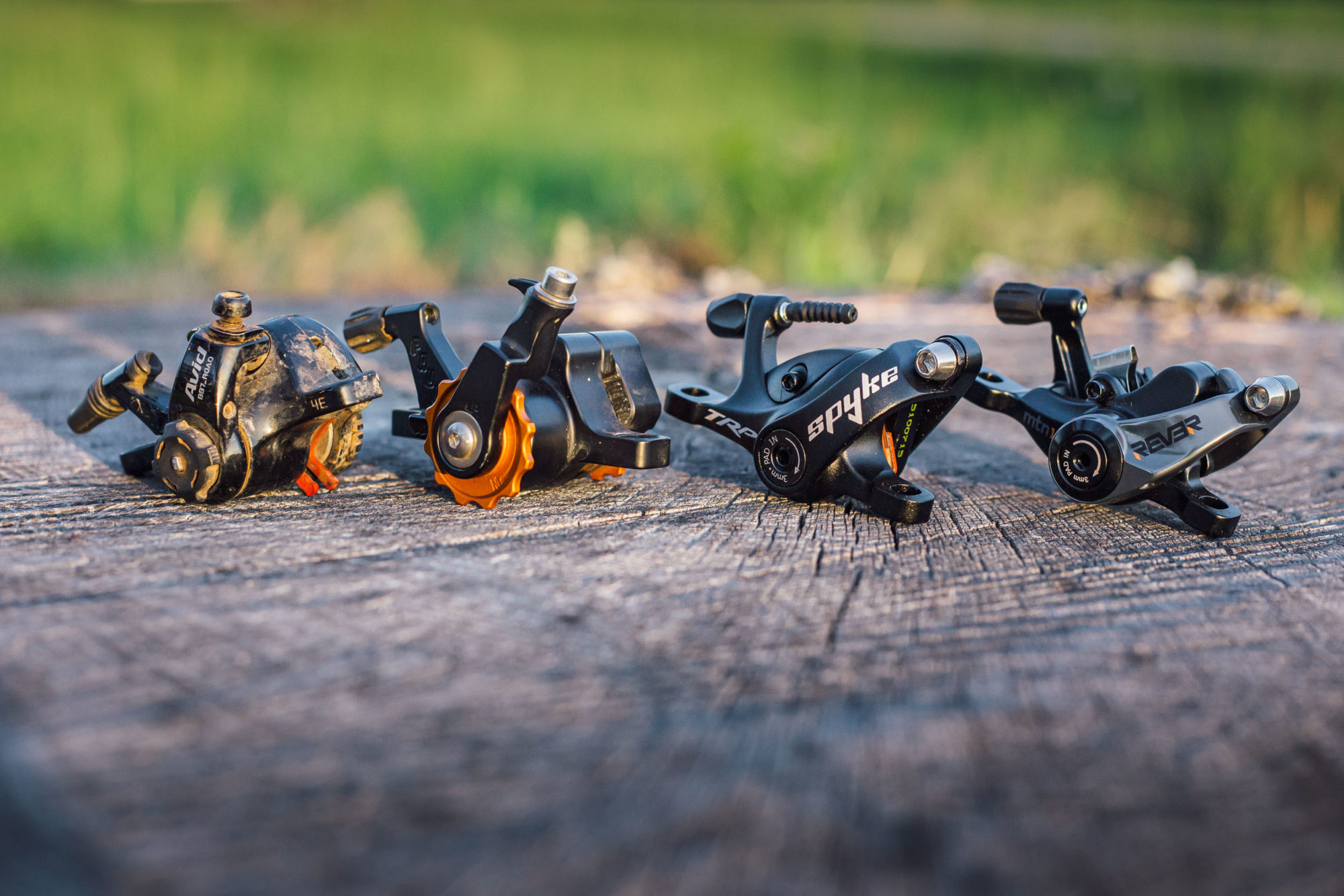How to Choose Between Cable and Fluid Bike Brakes
Understanding the nuances between mechanical and hydraulic disc brakes is crucial for cyclists seeking optimal performance. This article serves as a comprehensive guide, navigating readers through the selection process to identify the system that best aligns with their individual needs. The primary focus will be on evaluating performance characteristics, maintenance requirements, and budgetary constraints associated with each braking system. Choosing between mechanical vs hydraulic disc brakes involves careful consideration of various factors, including riding style, terrain, and personal preferences.
Mechanical disc brakes rely on a cable-actuated system, offering simplicity and ease of maintenance. In contrast, hydraulic disc brakes utilize a sealed fluid system to transmit braking force, resulting in enhanced stopping power and modulation. A thorough exploration of these fundamental differences will empower readers to make informed decisions. The goal is to provide clarity on the strengths and weaknesses of each system, enabling cyclists to select the brakes that deliver the most effective and reliable performance for their specific applications. The comparison of mechanical vs hydraulic disc brakes will be a constant theme throughout the article.
This guide will delve into the intricacies of both systems, providing practical insights and real-world examples to illustrate the advantages and disadvantages of each. Whether you prioritize ease of maintenance, raw stopping power, or budget-friendliness, understanding the differences between mechanical vs hydraulic disc brakes is essential. This article aims to equip you with the knowledge necessary to choose the braking system that perfectly complements your riding style and enhances your overall cycling experience. Ultimately, the right choice ensures safety, control, and confidence on every ride, further emphasizing the importance of understanding mechanical vs hydraulic disc brakes.
Mechanical Disc Brakes: Simplicity and Reliability
Mechanical disc brakes offer a straightforward and dependable braking solution for bicycles. These systems rely on a cable-actuated mechanism to translate lever input into braking force. When the rider pulls the brake lever, a cable pulls on an actuator arm at the caliper, which in turn presses the brake pads against the rotor. This creates friction and slows the wheel’s rotation. One of the primary advantages of mechanical vs hydraulic disc brakes lies in their ease of maintenance and repair. Because they use cables, adjustments and replacements are relatively simple and can often be performed with basic tools. This makes them a practical choice for cyclists who prefer to handle their own bike maintenance.
The performance of mechanical disc brakes is generally considered adequate for a variety of riding styles. While they may not offer the same level of stopping power or modulation as hydraulic systems, they provide consistent and reliable braking in most conditions. Mechanical disc brakes are particularly well-suited for commuters, recreational riders, and those who prioritize simplicity and affordability. They are less susceptible to issues caused by fluid contamination or leaks, which can be a concern with hydraulic systems. When choosing mechanical vs hydraulic disc brakes, consider the riding you will be doing. Avid BB7 is one of the most popular mechanical disc brake models, offering a blend of performance and ease of adjustment. Other options include the TRP Spyre, known for its dual-piston design that provides even pad wear.
Budget is often a significant factor when selecting bike components. Mechanical disc brakes typically have a lower initial cost compared to hydraulic systems. Replacement parts, such as cables and pads, are also generally more affordable. This makes mechanical vs hydraulic disc brakes an attractive option for cyclists on a budget. However, it’s important to note that the performance difference between mechanical and hydraulic systems can be noticeable, especially in demanding riding conditions. Ultimately, the choice depends on individual needs, preferences, and budget constraints. For those seeking a reliable and easy-to-maintain braking system without breaking the bank, mechanical disc brakes provide a solid option. Brands like Tektro also offer many affordable and reliable mechanical disc brake calipers. If you’re unsure whether mechanical vs hydraulic disc brakes are right for you, consider testing out both types to see which feels best for your riding style.
Hydraulic Disc Brakes: Power and Modulation
Hydraulic disc brakes represent a significant advancement in bicycle braking technology. They use a sealed system filled with brake fluid to transmit force from the brake lever to the caliper. This system offers superior performance compared to cable-actuated systems. The fundamental difference between mechanical vs hydraulic disc brakes lies in the method of force transmission. Mechanical systems rely on a cable, while hydraulic systems use fluid pressure.
The operational principle of hydraulic disc brakes is simple yet effective. When the rider pulls the brake lever, it pushes a piston in the master cylinder. This action pressurizes the brake fluid. The fluid then travels through hoses to the caliper. Inside the caliper, the pressure forces pistons to push the brake pads against the rotor. This creates friction and slows the bike. Hydraulic systems provide exceptional stopping power. They also offer better modulation, allowing riders to precisely control their braking force. This is a key difference between mechanical vs hydraulic disc brakes. The consistent performance of hydraulic brakes is noticeable in all weather conditions. Rain, mud, or snow have less impact on their effectiveness. This reliability is a major advantage for serious cyclists.
Hydraulic disc brakes excel in demanding scenarios. Aggressive trail riding and downhill mountain biking often require maximum stopping power and control. In these situations, hydraulic brakes are the preferred choice. They provide the confidence needed to navigate challenging terrain. The responsiveness and feel offered by hydraulic systems are unmatched. Examples of well-regarded hydraulic disc brake systems include the Shimano XT and SRAM Guide series. These systems are known for their reliability, power, and modulation. When considering mechanical vs hydraulic disc brakes, remember that hydraulic systems offer a performance advantage for demanding riding styles. Understanding the differences between mechanical vs hydraulic disc brakes is crucial for making an informed decision. Factors such as riding style, terrain, and budget should all be considered.
Avid BB7 vs. Shimano BR-MT200: A Direct Comparison
The debate between mechanical vs hydraulic disc brakes often comes down to real-world performance. Let’s consider a direct comparison: the Avid BB7, a well-regarded mechanical disc brake, versus the Shimano BR-MT200, a popular entry-level hydraulic system. This analysis will focus on key performance indicators, installation ease, and adjustment options. These are two common braking systems that many cyclists consider.
In terms of stopping power, the Shimano BR-MT200 generally outperforms the Avid BB7. Hydraulic systems, by their nature, offer more consistent and powerful braking due to the incompressible fluid transferring force. The BR-MT200 provides a noticeable increase in stopping force with less lever effort. Modulation, or the ability to precisely control braking force, is another area where hydraulic systems typically excel. The BR-MT200 offers finer control, allowing riders to modulate their braking more effectively, especially in tricky conditions. However, the Avid BB7 isn’t without its merits. Many users appreciate its predictable lever feel and the direct connection of the cable. While it may require more hand strength to achieve the same stopping power as the BR-MT200, some riders find this directness preferable.
Installation and adjustment present another contrast in the mechanical vs hydraulic disc brakes discussion. The Avid BB7 shines in its simplicity. Installation is straightforward, requiring basic tools and mechanical aptitude. Adjustments, such as pad wear compensation, are easily accomplished with simple knobs. The Shimano BR-MT200, while not overly complicated, requires more careful installation. Getting the brake lines properly routed is important. Adjustments are less frequent due to the self-adjusting nature of hydraulic systems, but when needed, they may involve bleeding the system, a process that requires specific tools and some experience. Ultimately, the choice between the Avid BB7 and Shimano BR-MT200 depends on the rider’s priorities. Those seeking maximum stopping power and modulation might lean towards the hydraulic BR-MT200. Those who value simplicity, ease of maintenance, and a more direct lever feel might prefer the mechanical Avid BB7. Both systems offer reliable performance within their respective categories, contributing to the ongoing conversation of mechanical vs hydraulic disc brakes advantages and disadvantages.
Maintenance Matters: Keeping Your Brakes Performing Optimally
Maintaining optimal performance in both mechanical vs hydraulic disc brakes is essential for safety and longevity. The maintenance routines differ significantly between the two systems. For mechanical disc brakes, regular cable adjustments are crucial. Over time, cables stretch and can lead to reduced braking power. Adjusting the cable tension at the caliper or lever ensures consistent responsiveness. Pad replacement is another key aspect of mechanical disc brake maintenance. Inspect the pads regularly for wear and replace them when they reach the wear limit. Rotor truing is also necessary if the rotor becomes bent or warped, causing brake rub. Simple tools can often be used for these tasks, making mechanical disc brake maintenance relatively straightforward. The simplicity of mechanical systems contributes to ease of upkeep.
Hydraulic disc brakes require different maintenance procedures. Bleeding the brakes is essential to remove air bubbles from the system. Air in the hydraulic lines can significantly reduce braking power and modulation. Fluid checks are also important; brake fluid absorbs moisture over time, which can compromise performance. Replace the brake fluid according to the manufacturer’s recommendations. Inspect the system for potential leaks around the calipers, levers, and hoses. Addressing leaks promptly prevents fluid loss and maintains braking performance. While hydraulic disc brake maintenance can be more complex, the superior performance often justifies the additional effort. Understanding the nuances of hydraulic systems is key to maintaining their effectiveness. Proper maintenance ensures the reliability of mechanical vs hydraulic disc brakes.
Regardless of whether you choose mechanical vs hydraulic disc brakes, general tips apply to both systems. Keep the brake components clean and free from debris. Avoid contaminating the brake pads or rotors with oil or grease. Regularly inspect the brake levers and calipers for any signs of damage or wear. By following these maintenance practices, you can prolong the life of your brakes and ensure consistent performance. Regularly cleaning extends brake life. Prioritize safety by maintaining your mechanical vs hydraulic disc brakes diligently. This maximizes braking efficiency. Keeping both systems well maintained ensures safer rides. Routine checks are important for both mechanical vs hydraulic disc brakes.
Budget Breakdown: Cost Considerations for Different Brake Systems
When choosing between mechanical vs hydraulic disc brakes, cost is a crucial factor. The initial purchase price often presents a significant difference. Mechanical disc brake systems are generally more budget-friendly. A complete set of mechanical brakes, including levers, calipers, and cables, typically costs less than a comparable hydraulic system. This makes mechanical disc brakes an attractive option for cyclists on a tighter budget or those just starting to explore disc brakes.
However, the initial cost is not the only financial aspect to consider when comparing mechanical vs hydraulic disc brakes. Replacement parts and maintenance can also impact the overall cost of ownership. Brake pads, a regularly replaced component, are usually similarly priced for both systems. Rotors, another potential replacement item, also tend to have comparable costs. Where the cost diverges is in the cabling or fluid. Mechanical systems utilize cables, which are inexpensive and easy to replace. Hydraulic systems use specialized brake fluid, which requires periodic replacement and can be slightly more expensive than cables over the long term. The cost of professional servicing is another point to consider. While basic maintenance on mechanical disc brakes can often be performed by the cyclist, hydraulic systems may require professional bleeding or repairs, adding to the overall expense. Considering these factors will help to choose between mechanical vs hydraulic disc brakes.
Ultimately, the budget plays a key role in the decision-making process when choosing mechanical vs hydraulic disc brakes. If the initial investment is a primary concern, mechanical disc brakes offer a cost-effective solution. However, cyclists should also factor in the long-term costs of maintenance and potential servicing. For riders prioritizing performance and willing to invest more upfront, hydraulic disc brakes provide superior stopping power and modulation. It’s essential to carefully evaluate both the immediate and future expenses associated with each system to make an informed decision that aligns with both riding needs and financial constraints. When it comes to mechanical vs hydraulic disc brakes, understand the complete cost of ownership.
Riding Style and Terrain: Matching Brakes to Your Needs
Selecting the right braking system hinges significantly on individual riding style and the type of terrain encountered. The demands placed on brakes vary greatly between leisurely paved path rides and aggressive downhill mountain biking. Understanding these differences is crucial for choosing between mechanical vs hydraulic disc brakes. This section helps guide readers toward the optimal choice based on their specific needs.
For casual riders primarily using bicycles for commuting or recreational rides on flat or gently rolling terrain, mechanical disc brakes often provide sufficient stopping power. Their simplicity and ease of maintenance are considerable advantages. A rider who values reliability and ease of field repairs might find mechanical systems ideal. However, more aggressive riding styles, such as trail riding, downhill, or even frequent riding in wet or muddy conditions, place greater demands on braking systems. Hydraulic disc brakes offer superior performance in these scenarios. The enhanced stopping power and modulation of hydraulic systems provide greater control and confidence when navigating challenging terrain. Consider the frequency of rides, the average trail difficulty, and typical weather conditions. These factors directly impact the suitability of mechanical vs hydraulic disc brakes. For example, a daily commuter in a city with frequent rain might benefit from the consistent performance of hydraulic brakes, while a weekend cyclist on dry, well-maintained paths could be perfectly satisfied with mechanical brakes.
Personal preference also plays a role in the decision-making process. Some riders prefer the direct feel of cable-actuated mechanical brakes, while others appreciate the smooth, consistent lever feel of hydraulic systems. Test riding bikes with both types of brakes can provide valuable insight. Furthermore, consider the long-term implications of the chosen system. While mechanical disc brakes may have lower upfront costs and simpler maintenance, hydraulic disc brakes might offer greater longevity and superior performance over time, particularly with proper care. Ultimately, the best braking system is one that inspires confidence and provides reliable performance in the conditions and style of riding most frequently undertaken. Therefore, carefully evaluating the pros and cons of mechanical vs hydraulic disc brakes in the context of personal riding habits is essential for making an informed decision.
Upgrading Your Brakes: Making the Switch
Considering an upgrade from mechanical vs hydraulic disc brakes? A brake system upgrade can significantly enhance a bike’s performance and safety. It is important to assess whether the existing setup adequately meets riding demands. Factors such as frequent long descents, aggressive trail riding, or a desire for more responsive braking can all signal the need for an upgrade. Before making a change, evaluate the compatibility of different brake systems with the bike’s frame, fork, and wheelset. Most modern frames are designed to accommodate disc brakes, but older models might require adaptors or be incompatible altogether. The mounting style (post mount or IS mount) and rotor size compatibility must also be considered.
The upgrade process from mechanical vs hydraulic disc brakes involves several steps. First, gather the necessary tools, including a set of hex keys, torque wrench, cable cutters (for mechanical systems), and a bleed kit (for hydraulic systems). Disconnecting the old brakes carefully is important, paying attention to cable routing or hydraulic line placement. Installing the new brakes involves mounting the calipers and levers, connecting the cables or hydraulic lines, and ensuring proper alignment with the rotors. Mechanical systems require cable tension adjustment, while hydraulic systems typically need bleeding to remove air bubbles from the lines. If unsure about any of these steps, professional installation is highly recommended to ensure safety and optimal performance. When upgrading from mechanical vs hydraulic disc brakes, select a system that aligns with the intended riding style and budget.
Choosing the right replacement system involves careful consideration. For riders seeking increased stopping power and modulation, upgrading from mechanical to hydraulic disc brakes is a worthwhile investment. Hydraulic systems offer consistent performance in various conditions and require less maintenance in the long run. However, mechanical systems provide simplicity and ease of repair, making them a suitable option for riders who prefer DIY maintenance. Consider the cost of the brake set, replacement pads, and potential servicing when making a decision. Evaluate the performance characteristics of different models, reading reviews and comparing specifications to find the best fit. By carefully assessing the needs, budget, and compatibility requirements, cyclists can make an informed decision and enjoy the benefits of an upgraded braking system. Remember that properly functioning brakes are crucial for safe and enjoyable riding, making this upgrade a potentially transformative investment.




